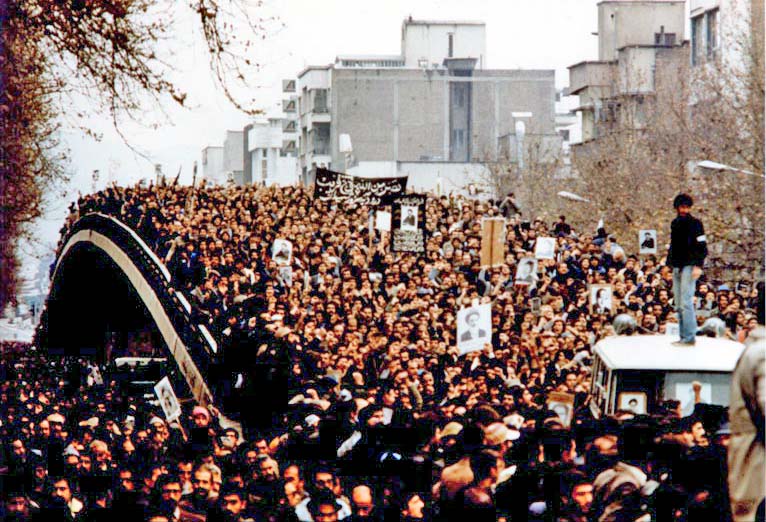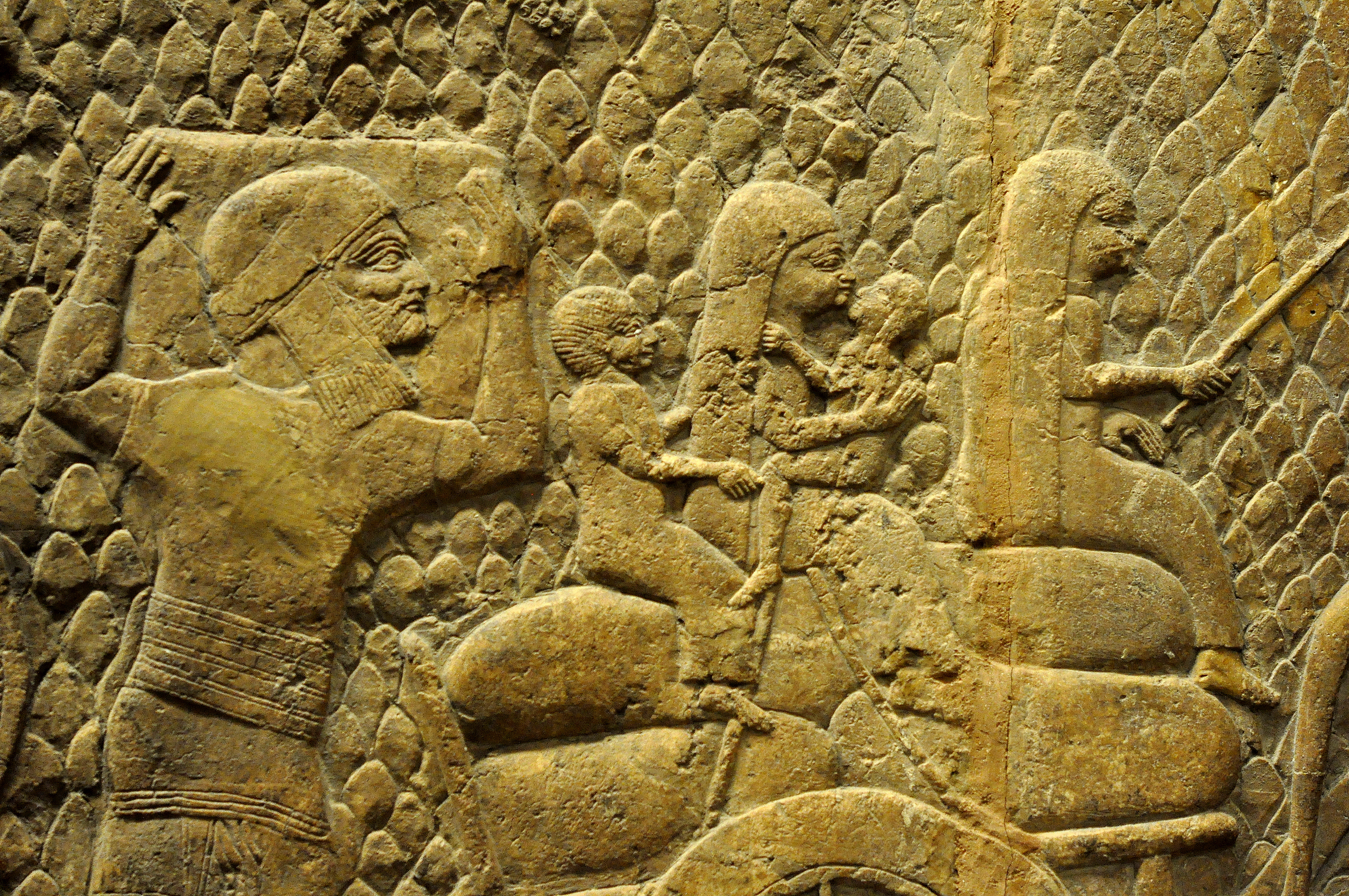|
Kition (ancient State)
Kition (Egyptian: ; Phoenician: , , or , ; Ancient Greek: , ; Latin: ) was a city-kingdom on the southern coast of Cyprus (in present-day Larnaca). According to the text on the plaque closest to the excavation pit of the Kathari site (as of 2013), it was established in the 13th century BC by Greek (Achaean) settlers, after the Trojan war. Its most famous, and probably only known, resident was Zeno of Citium, born c. 334 BC in Citium and founder of the Stoic school of philosophy which he taught in Athens from about 300 BC. Name Citium () is the Latinised form of the Ancient Greek name (), which is itself the Hellenised form of a Phoenician name attested in the forms () and (), whose earliest attestation might have been in an Egyptian inscription dating to the period of Pharaoh Ramses III (1198–1116 BC) found in the temple of Medinet Habu among the names of other Cypriot cities, and considered to refer to Kition. Josephus identifies the town with the name Kittim, used ... [...More Info...] [...Related Items...] OR: [Wikipedia] [Google] [Baidu] |
Petty Kingdom
A petty kingdom is a monarchy, kingdom described as minor or "petty" (from the French 'petit' meaning small) by contrast to an empire or unified kingdom that either preceded or succeeded it (e.g. the Heptarchy#List of Anglo-Saxon kingdoms, numerous kingdoms of Anglo-Saxon England unified into the Kingdom of England in the 10th century, or the numerous Gaelic kingdoms of Ireland as the Kingdom of Ireland in the 16th century). Alternatively, a petty kingdom would be a minor kingdom in the immediate vicinity of larger kingdoms, such as the medieval Kingdom of Mann and the Isles relative to the kingdoms of kingdom of Scotland, Scotland or kingdom of England, England or the Viking kingdoms of Scandinavia. In the context of the Early Middle Ages or the prehistoric Iron Age, many minor kingdoms are also known as tribal kingdoms. In the parallel Southeast Asian political model, petty kingdoms were known as Mueang. By the European High Middle Ages, many Decline of the Roman Empire, post-Ro ... [...More Info...] [...Related Items...] OR: [Wikipedia] [Google] [Baidu] |
Medinet Habu (temple)
Medinet Habu ( ar, مدينة هابو; Egyptian: ''Tjamet'' or ''Djamet''; cop, ''Djeme'' or ''Djemi'') is an archaeological locality situated near the foot of the Theban Hills on the West Bank of the River Nile opposite the modern city of Luxor, Egypt. Although other structures are located within the area, the location is today associated almost exclusively (and indeed, most synonymously) with the Mortuary Temple of Ramesses III. Temple of Amun Just left of the entrance to the Mortuary Temple of Ramesses III is the Temple of Amun, ( Ancient Egyptian: ''Djeser Set'') dating to the 18th Dynasty, built by Hatshepsut and Thutmose III. It has undergone many alterations and modifications over the years, partially in the 20th, 25th, 26th, 29th and 30th Dynasties and the Greco-Roman period. Temple of Ramesses III The temple, some long, is of orthodox design, and closely resembles the Ramesseum. It is quite well preserved and surrounded by a massive mudbrick enclosure, whic ... [...More Info...] [...Related Items...] OR: [Wikipedia] [Google] [Baidu] |
Tyre, Lebanon
Tyre (; ar, صور, translit=Ṣūr; phn, 𐤑𐤓, translit=Ṣūr, Greek language, Greek ''Tyros'', Τύρος) is a city in Lebanon, one of the List of oldest continuously inhabited cities, oldest continually inhabited cities in the world, though in medieval times for some centuries by just a tiny population. It was one of the earliest Phoenician metropolises and the legendary birthplace of Europa (mythology), Europa, her brothers Cadmus and Phoenix (son of Agenor), Phoenix, as well as Carthage's founder Dido (Elissa). The city has many ancient sites, including the Tyre Hippodrome, and was added as a whole to UNESCO's list of World Heritage Sites in 1984. The historian Ernest Renan noted that "One can call Tyre a city of ruins, built out of ruins". Today Tyre is the fourth largest city in Lebanon after Beirut, Tripoli, Lebanon, Tripoli, and Sidon. It is the capital of the Tyre District in the South Governorate. There were approximately 200,000 inhabitants in the Tyre urban ar ... [...More Info...] [...Related Items...] OR: [Wikipedia] [Google] [Baidu] |
Cyclopean Wall
Cyclopean masonry is a type of stonework found in Mycenaean architecture, built with massive limestone boulders, roughly fitted together with minimal clearance between adjacent stones and with clay mortar or no use of mortar. The boulders typically seem unworked, but some may have been worked roughly with a hammer and the gaps between boulders filled in with smaller chunks of limestone. The most famous examples of Cyclopean masonry are found in the walls of Mycenae and Tiryns, and the style is characteristic of Mycenaean fortifications. Similar styles of stonework are found in other cultures and the term has come to be used to describe typical stonework of this sort, such as the old city walls of Rajgir. The term comes from the belief of classical Greeks that only the mythical Cyclopes had the strength to move the enormous boulders that made up the walls of Mycenae and Tiryns. Pliny's ''Natural History'' reported the tradition attributed to Aristotle, that the Cyclopes were t ... [...More Info...] [...Related Items...] OR: [Wikipedia] [Google] [Baidu] |
Mudbrick
A mudbrick or mud-brick is an air-dried brick, made of a mixture of loam, mud, sand and water mixed with a binding material such as rice husks or straw. Mudbricks are known from 9000 BCE, though since 4000 BCE, bricks have also been fired, to increase their strength and durability. In warm regions with very little timber available to fuel a kiln, bricks were generally sun-dried. In some cases, brickmakers extended the life of mud bricks by putting fired bricks on top or covering them with stucco. Ancient world The history of mudbrick production and construction in the southern Levant may be dated as far back to the Pre-Pottery Neolithic A (e.g., PPNA Jericho). These sun dried mudbricks, also known as adobe or just mudbrick, were made from a mixture of sand, clay, water and frequently temper (e.g. chopped straw and chaff branches), and were the most common method/material for constructing earthen buildings throughout the ancient Near East for millennia. Unfired ... [...More Info...] [...Related Items...] OR: [Wikipedia] [Google] [Baidu] |
Achaeans (tribe)
The Achaeans (; el, Ἀχαιοί, ''Akhaioi'') were one of the four major tribes into which the Greeks divided themselves (along with the Aeolians, Ionians and Dorians). According to the foundation myth formalized by Hesiod, their name comes from Achaeus, the mythical founder of the Achaean tribe, who was supposedly one of the sons of Xuthus, and brother of Ion, the founder of the Ionian tribe. Xuthus was in turn the son of Hellen, the mythical patriarch of the Greek ( Hellenic) nation. Historically, the members of the Achaean tribe inhabited the region of Achaea in the northern Peloponnese. The Achaeans played an active role in the Greek colonization of southern Italy, founding the city of Kroton (Κρότων) in 710 BC. The city was to gain fame later as the place where the Pythagorean School was founded. Unlike the other major tribes (Ionians, Dorians and Aeolians), the Achaeans did not have a separate dialect in the Classical period, instead using a form of Doric. Etymol ... [...More Info...] [...Related Items...] OR: [Wikipedia] [Google] [Baidu] |
Anxiety
Anxiety is an emotion which is characterized by an unpleasant state of inner turmoil and includes feelings of dread over anticipated events. Anxiety is different than fear in that the former is defined as the anticipation of a future threat whereas the latter is defined as the emotional response to a real threat. It is often accompanied by nervous behavior such as pacing back and forth, somatic complaints, and rumination. Anxiety is a feeling of uneasiness and worry, usually generalized and unfocused as an overreaction to a situation that is only subjectively seen as menacing. It is often accompanied by muscular tension, restlessness, fatigue, inability to catch one's breath, tightness in the abdominal region, nausea, and problems in concentration. Anxiety is closely related to fear, which is a response to a real or perceived immediate threat (fight or flight response); anxiety involves the expectation of future threat including dread. People facing anxiety may withdraw fro ... [...More Info...] [...Related Items...] OR: [Wikipedia] [Google] [Baidu] |
Civil Disorder
Civil disorder, also known as civil disturbance, civil unrest, or social unrest is a situation arising from a mass act of civil disobedience (such as a demonstration, riot, strike, or unlawful assembly) in which law enforcement has difficulty maintaining their authority. Engagement According to the U.S. Code, a person is engaged in civil disorder if they - Causes Any number of things may cause civil disorder, whether it is a single cause or a combination of causes; however, most are born from political grievances, economic disparities, social discord, but historically have been the result of long-standing oppression by a group of people towards another. Civil disorder arising from political grievances can include a range of events, from a simple protest to a mass civil disobedience. These events can be spontaneous, but can also be planned. These events can turn violent when agitators and law enforcers overreact. Civil disorder has in history arisen from economic dispu ... [...More Info...] [...Related Items...] OR: [Wikipedia] [Google] [Baidu] |
Copper
Copper is a chemical element with the symbol Cu (from la, cuprum) and atomic number 29. It is a soft, malleable, and ductile metal with very high thermal and electrical conductivity. A freshly exposed surface of pure copper has a pinkish-orange color. Copper is used as a conductor of heat and electricity, as a building material, and as a constituent of various metal alloys, such as sterling silver used in jewelry, cupronickel used to make marine hardware and coins, and constantan used in strain gauges and thermocouples for temperature measurement. Copper is one of the few metals that can occur in nature in a directly usable metallic form ( native metals). This led to very early human use in several regions, from circa 8000 BC. Thousands of years later, it was the first metal to be smelted from sulfide ores, circa 5000 BC; the first metal to be cast into a shape in a mold, c. 4000 BC; and the first metal to be purposely alloyed with another metal, tin, to create ... [...More Info...] [...Related Items...] OR: [Wikipedia] [Google] [Baidu] |
Hebrews
The terms ''Hebrews'' (Hebrew: / , Modern: ' / ', Tiberian: ' / '; ISO 259-3: ' / ') and ''Hebrew people'' are mostly considered synonymous with the Semitic-speaking Israelites, especially in the pre-monarchic period when they were still nomadic. However, in some instances it may also be used in a wider sense, referring to the Phoenicians, or to other ancient groups, such as the group known as Shasu of ''Yhw'' on the eve of the Bronze Age collapse, which appears 34 times within 32 verses of the Hebrew Bible. It is sometimes regarded as an ethnonym and sometimes not. By the time of the Roman Empire, Greek ''Hebraios'' could refer to the Jews in general, as ''Strong's Hebrew Dictionary'' puts it, "any of the Jewish Nation", and at other times more specifically to the Jews living in Judea. In early Christianity, the Greek term refers to Jewish Christians as opposed to the gentile Christians and Judaizers (Acts 6:1 among others). is the province where the Temple was located. ... [...More Info...] [...Related Items...] OR: [Wikipedia] [Google] [Baidu] |






